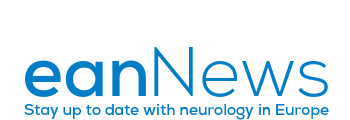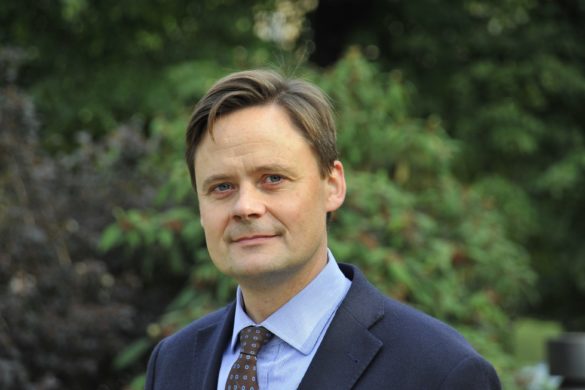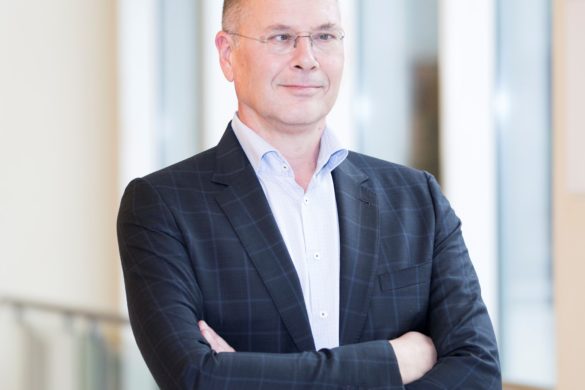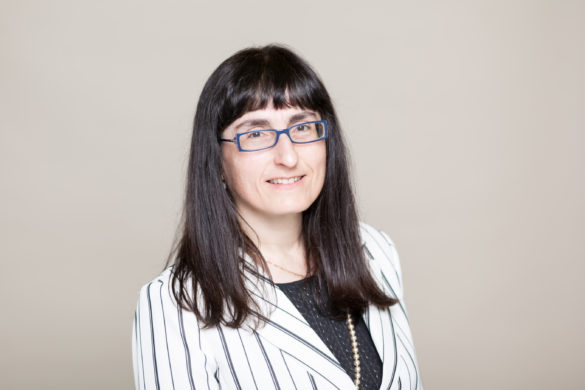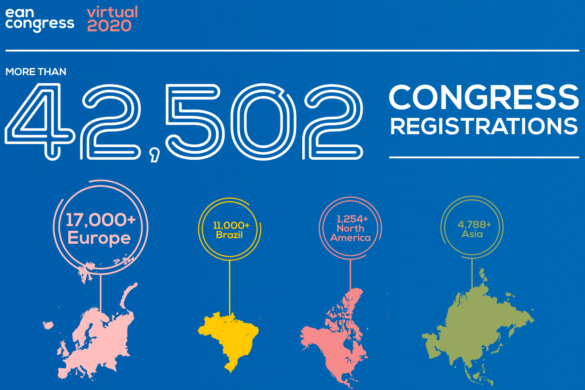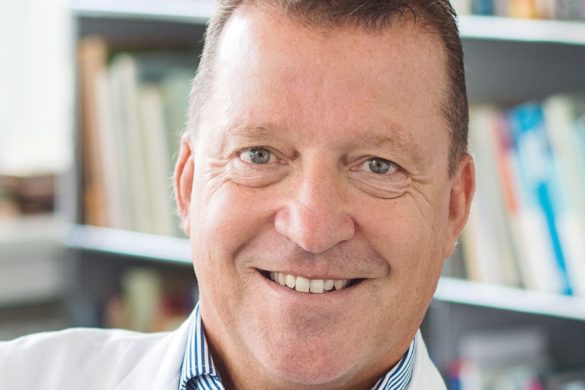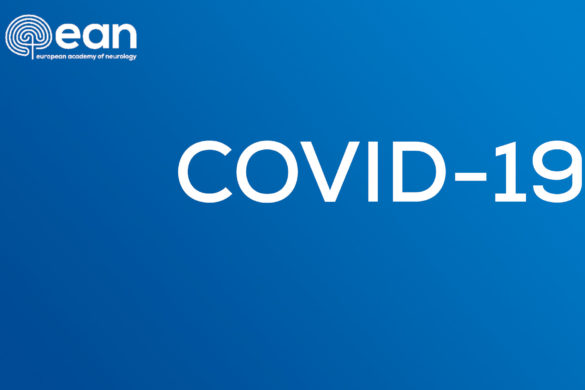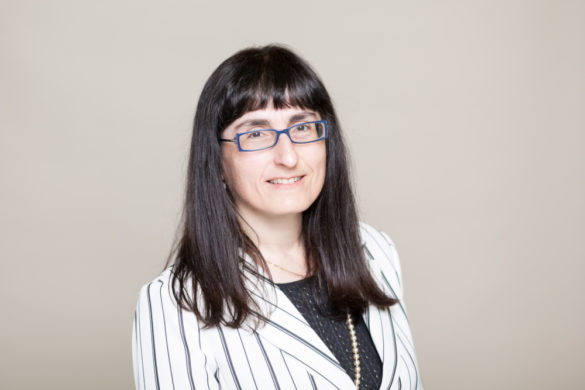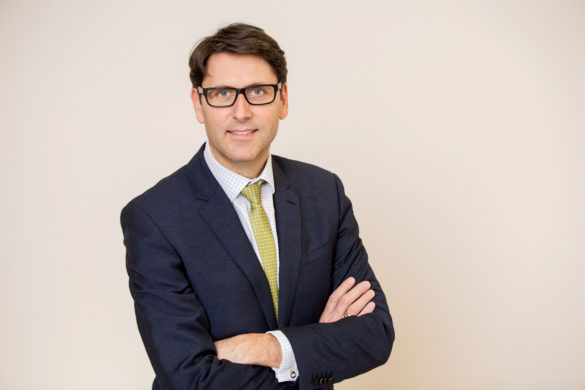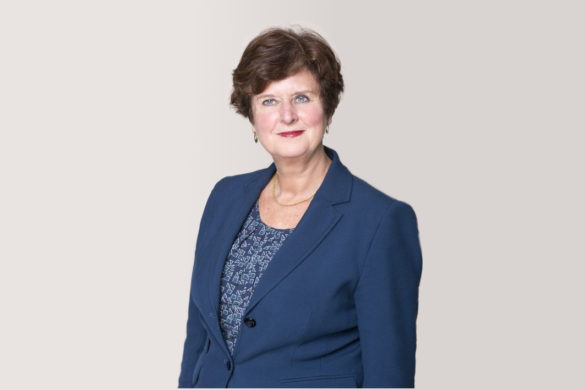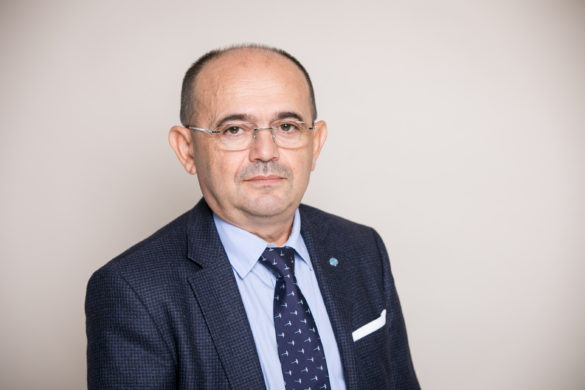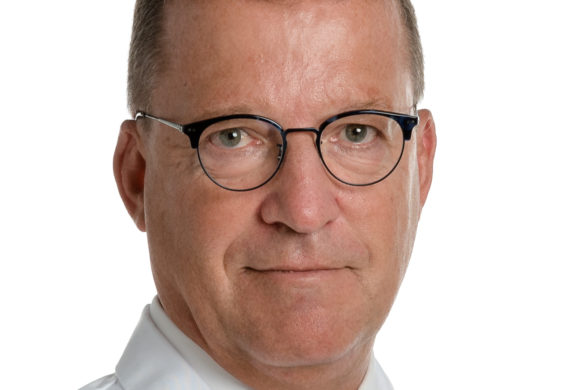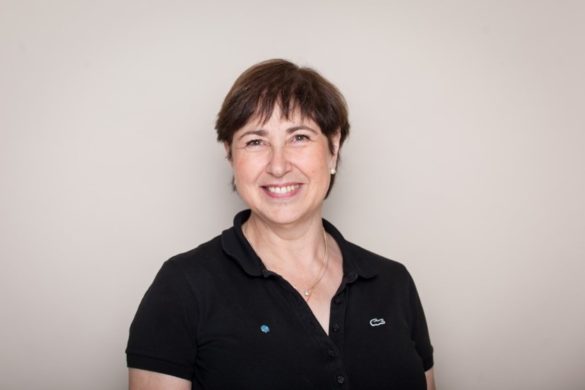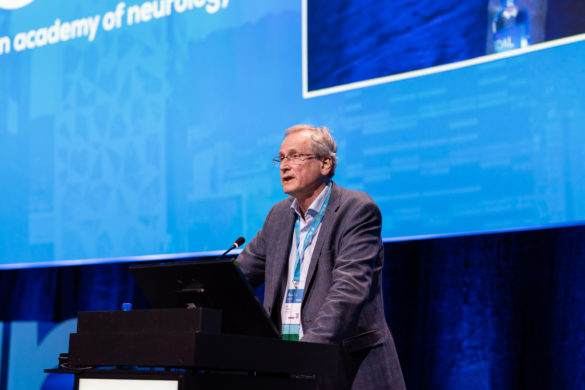Executive PageEAN NewsTop ArticlesFeatured Slider
Executive Page: Matthias Endres elected as new Member-at-Large
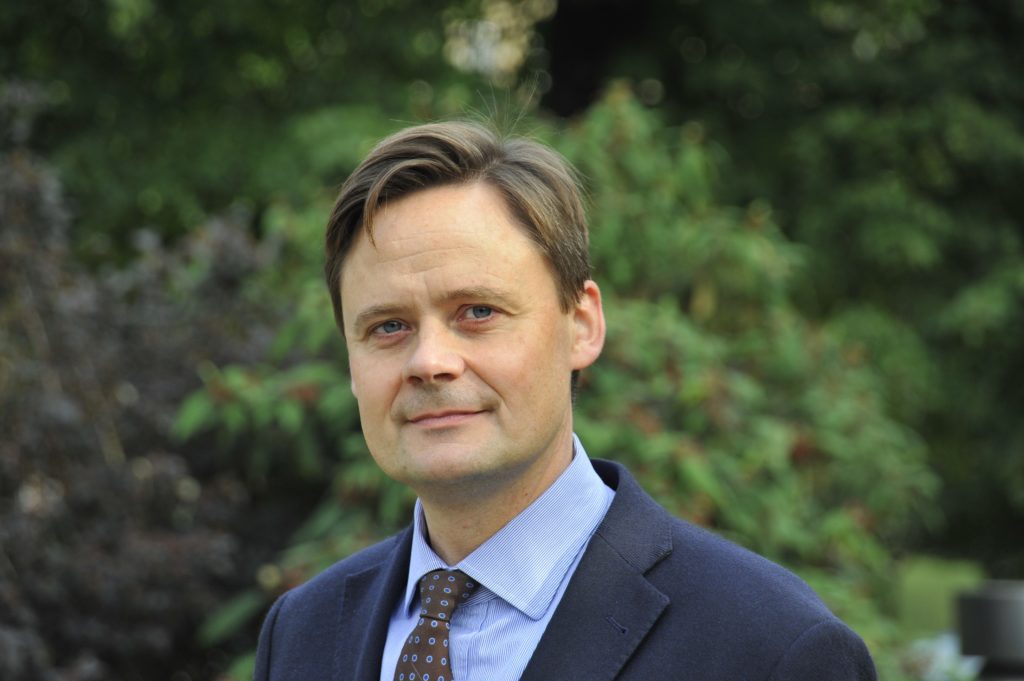 Matthias Endres, new Member at Large
By Matthias Endres
Dear Colleagues and Friends,
It is indeed a great honour for me to be elected as a new Member-at-Large
of the EAN board.
Especially in these times of great uncertainty both… Continue Reading
Matthias Endres, new Member at Large
By Matthias Endres
Dear Colleagues and Friends,
It is indeed a great honour for me to be elected as a new Member-at-Large
of the EAN board.
Especially in these times of great uncertainty both… Continue Reading 